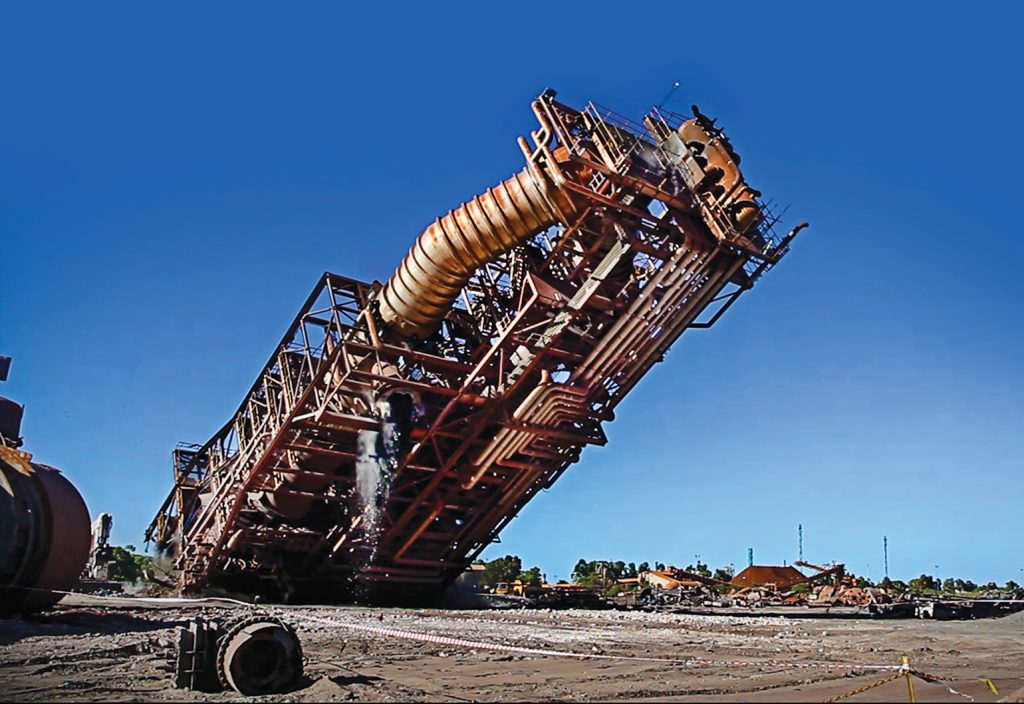The recent closures of Toyota’s Melbourne plant and Holden’s Adelaide factory are turning minds to what happens when facilities such as factories, mines and power plants reach the end of their useful life.
Carmen Hermann, GHD’s Decommissioning, Closure and Rehabilitation Service Line leader, said while the process can vary from site to site and from industry to industry, there are some main steps that can be followed.
Firstly, a site investigation needs to be carried out, which includes reviewing information and detailing where gaps in documentation are.
She said this is a vital stage of the process that includes collecting information on the site’s history, the environment, detailing what services need to be decommissioned and what needs to be maintained live, and whether any hazardous materials need to be removed.
“When you’re running down to closure, you actually tend to lose a lot of site-knowledgeable people as they go off and find other work or they retire – whatever may be the case for a particular site,” Hermann said.
“So you’ve got to get that site history from those people who have been on the site for a long time and understand its intricacies, such as where certain services run to and from.”
The next stage involves a risk assessment, which can include more information coming to light that needs to be re-investigated on-site to close out risk or develop a control for the risk.
“In that risk workshop as well, you really get to understand what the required success factors are for the project and what’s really important for clients,” Hermann said.
“You can use that risk workshop to then start writing the documents and getting the right things in the contract and informing the contractor about what is important and what their obligations are.”
Common mistakes
Hermann says a common mistake that clients can make is to over control the process and take on unnecessary risk.
For example, demolition projects tend to be perceived as high risk, which can result in clients taking on the responsibility of controlling risks, which they may not have the skills or experience to do.
She has also seen situations where a client has gone directly to a contractor to carry out work thinking it’s best. While the contractor did the work as specified, they hadn’t been told that stormwater drainage needed to continue after the infrastructure had been demolished.
Case by case basis
This can mean additional costs and environmental impacts.
Each client also has their own drivers that can influence the decommissioning process.
“A lot of the car industries are closing manufacturing operations in Australia, but they are not exiting our market,” Hermann said.
“They still want to sell their products here, so they still need to close with a good reputation because they want to be able to have that community support when it comes to purchasing their equipment that they may have manufactured elsewhere.”
[Main image: The end of the Hismelt facility in Kwinana, WA.]
